The Importance and Use of Qanun in Turkish Music
About Turkish Qanun Instrument
Turkish qanun has an important place in Turkish music. Qanun instrument is a powerful instrument which is indispensable for a Turkish music ensemble. It is believed that qanun was introduced in Turkish music during the Ottoman Empire, in 19th century by a Syrian immigrant from Cairo. On the other hand, qanun has another recent story starting from 1876. It is told that there is a difference between the older type of kanun and the new type, the earliest examples of which were made by the Istanbul qanun instrument maker Mahmut Usta. The two types coexisted probably until 1930s as per the registers of Arab Music Congress at Cairo held in 1932. The characteristic of the newer type of kanun was the use of small brass levers situated on the left of the case close to the pegbox (which is also the player’s left). Those levers served to control the tension of the strings. There are five to nine levers for each three strings on Turkish qanun that can be rotated so that the intervals can be minutely adjusted. Therefore, levers provide that the full range of the keys is played. The introduction of these levers encouraged the construction of larger instruments.
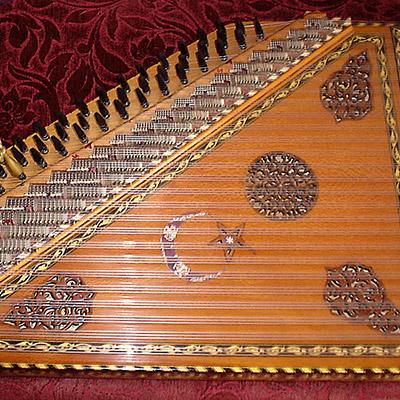
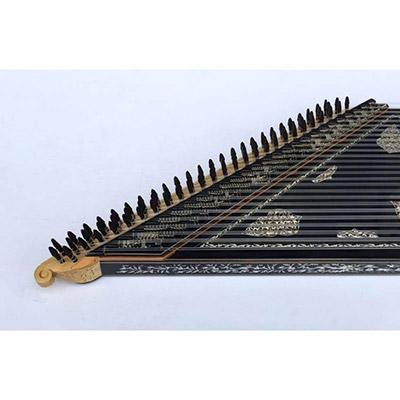
Qanun instrument is a plucked box zither, it has a trapeze from and it is not very different than other zithers used in Arab countries. However, the abovementioned innovations and characteristics helped for Turkish qanun to have a more characteristic voice; the sound of the changing levers are specific to Turkish kanun. Also, the playing technique is the result of an evolution expanded through time. There are many kanun users in Turkish music. It is understood from historical sources that kanun was first played by being held vertically. The innovations made by in late 19th century during the Ottoman period led to the development of virtuoso techniques and facilitated the application of harmonic and polyphonic textures.
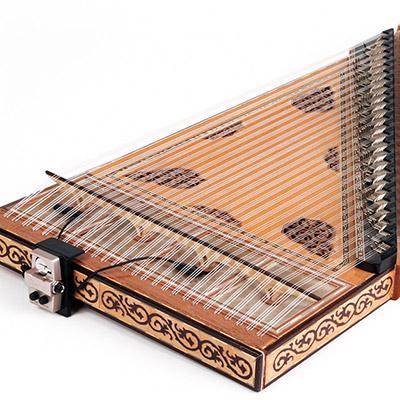
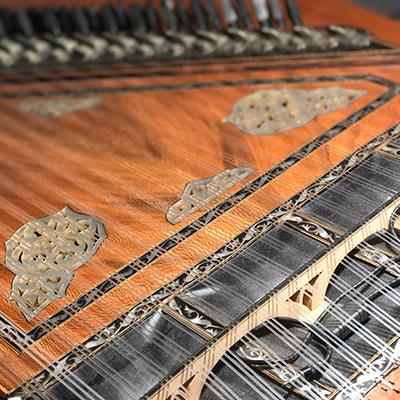
The strings of kanun are plucked by a ring-shaped plectrum placed on the index fingers. Differently than the Arab qanun, Turkish musicians use the treble clef is exclusively while playing kanun. When two hands play a passage in unison, they leave a minute delay between the attacks, thus ornamental passages lead to a sense of space.
The “kanun concerto” composed by Hasan Ferit Alnar, a well-known Turkish composer and kanun virtuoso of the 20thcentury, carries the characteristics resulting from the abovementioned developments.
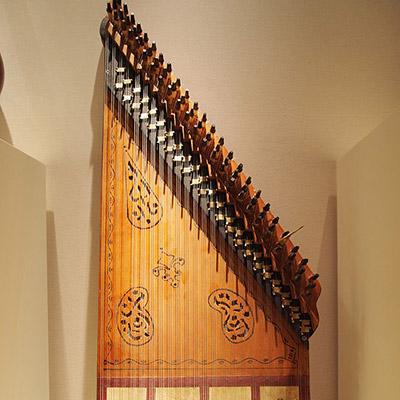
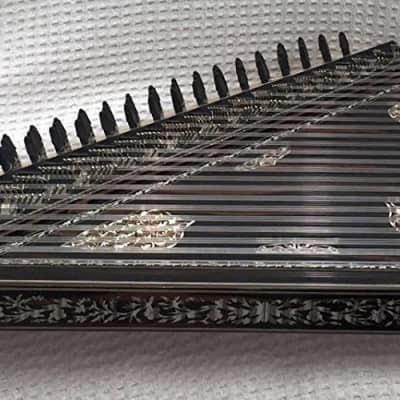
Qanun instrument is a unique instrument with a bright timbre, a wide range of sound colors and pitches. It was also mentioned in the Stories of A Thousand and One Nights, maybe its dreamy sound led it to be a subject of a tale. Kanun is like the queen of Turkish art music. When you hear it in the ensemble, you cannot help yourself noticing its metallic, bright sound and you think that the role of the other instruments in the ensemble is only the accompaniment. It is actually known as the loudest plucked string Turkish instrument; therefore, it can easily mask the sounds of other instruments in the ensemble. Still, it is essentially used in art music and fasil ensembles (ensembles playing light Turkish music in urban Turkish restaurants) in Turkey.


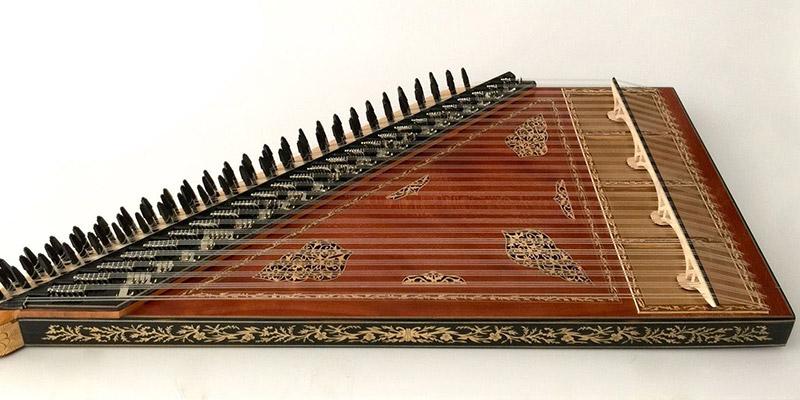



Leave a comment